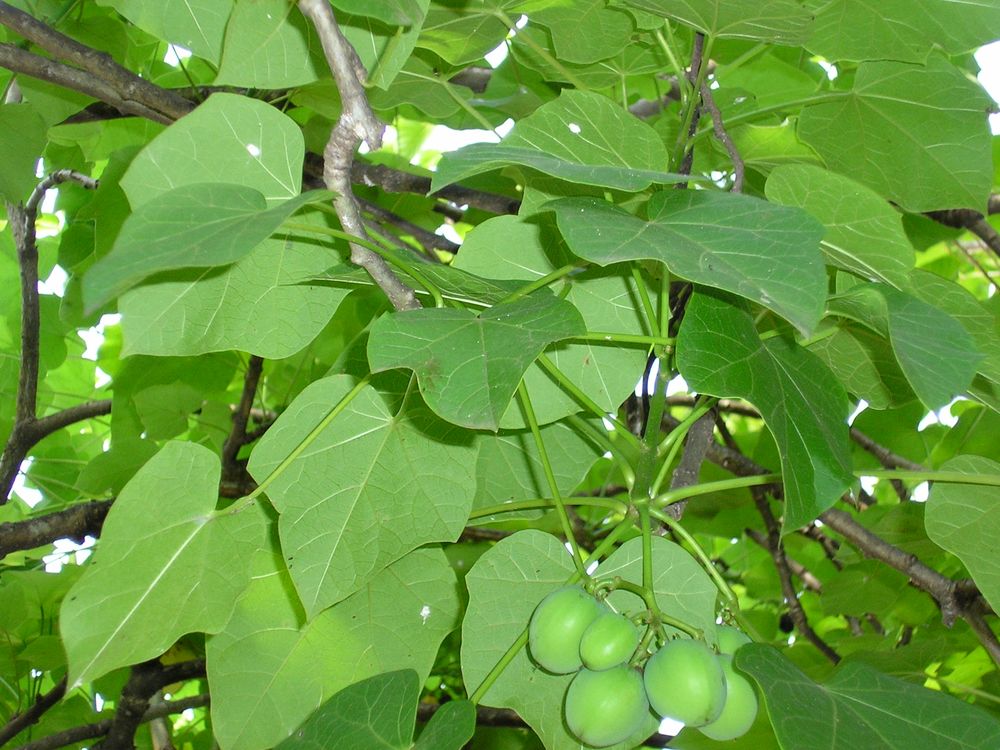It's bad enough for some prop airplanes to be described as being powered by elastic band. Now the cynics might start having a dig at industrial aircraft flying on whatever from cooking oil to liquefied algae.
With the civil air travel industry under increasing pressure from rising oil costs and ecological legislation, the race is on to find viable alternatives to traditional kerosene and these up until now appear to boil down to numerous types of biofuel.
Not remarkably, the very first trials of alternative fuel were started by British aviation pioneer, Sir Richard Branson, whose Virgin Atlantic began London to Amsterdam flights with minimal biofuel use in 2008. This was rapidly followed by Lufthansa and Air New Zealand who each utilized various blends of regular fuel and bio derivatives consisting of some from made from jatropha which can grow in soil thought about too bad for growing mainstream foods.

Jatropha is a genus of roughly 175 succulent plants, shrubs and trees (some are deciduous, like Jatropha curcas), from the family Euphorbiaceae.
In 2007 Goldman Sachs cited Jatropha curcas as one of the very best prospects for future biodiesel production. It is resistant to drought and insects, and produces seeds consisting of 27-40% oil.

Recently, US aerospace giant Boeing, Brazilian aerial major Embraer and the Sao Paulo state Research Support Foundation relocated to bring out research study and development into making use of biofuels to power jet airliners. It was reported that Brazilian airline companies Azul, Gol, TAM and Trip would function as strategic experts for the job.

The current airline to begin experimenting with brand-new fuels is the Alaska Air Group which has conducted internal US flights using a blend of 80 % petroleum based fuel and 20% biofuel made from cooking oil. This mixture, it is claimed, can cut harmful emissions by 10%.
One actually encouraging development has been the relocation away from biofuels which complete head on with food customers thereby avoiding a cost spiral. Not so long earlier, a surge in usage of biofuels in vehicles triggered a spike in maize costs as US farmers diverted excessive corn to fuel processing.
Hopefully in the future, airline companies and drivers will focus biofuel usage on non-food sources such as jatropha and algae. It would be a blended true blessing indeed if some people ended up starving just to please somebody else's green credentials.





